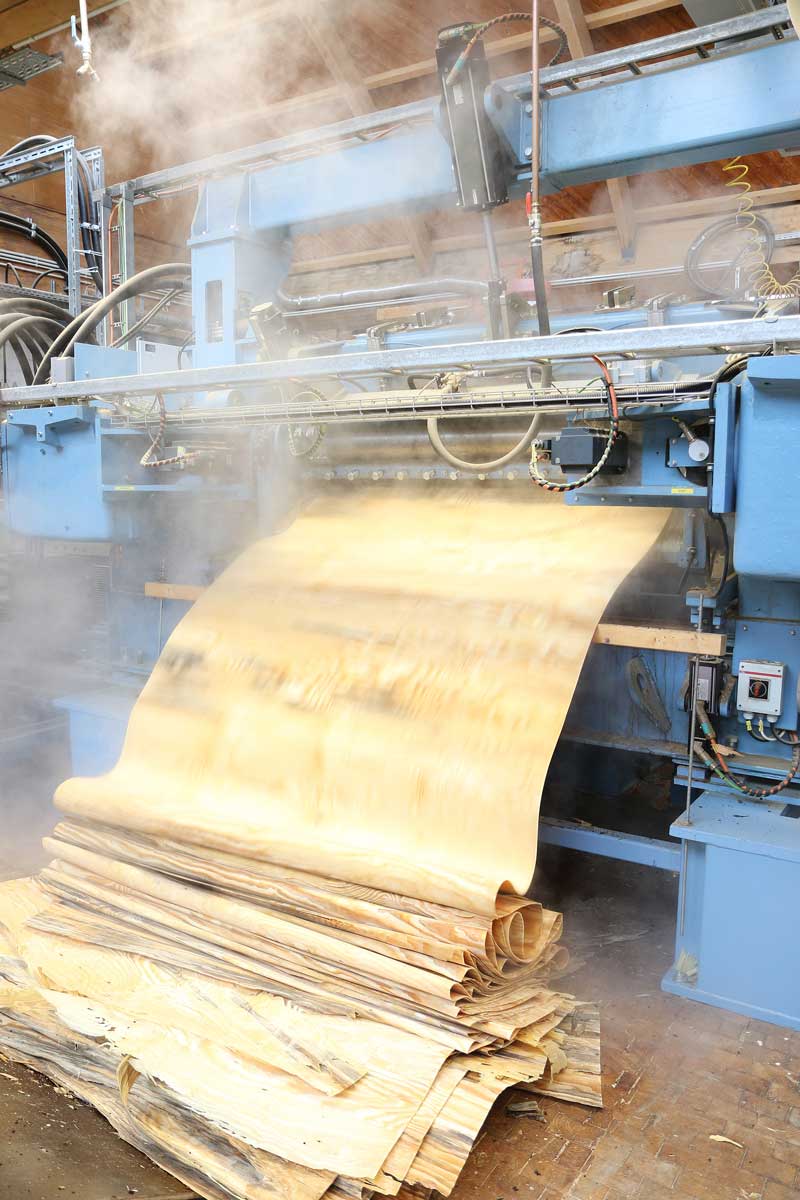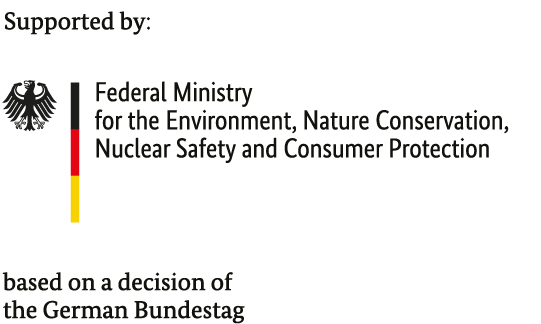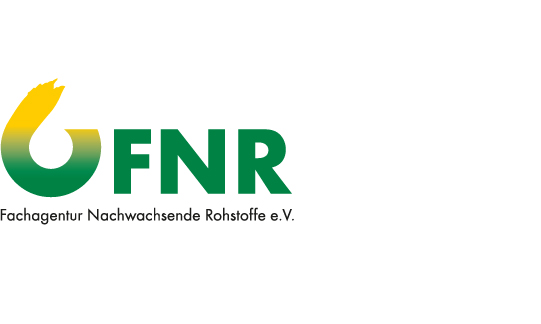The investigation refers to the German federal states of Hesse, Lower Saxony, Saxony-Anhalt and Schleswig-Holstein. In the overall average of these federal states, Scots pine (Pinus sylvestris) – with an average area proportion of around 37% (7% to 71%) – is the most important tree species in terms of the area covered. The pine forests in these six federal states account for more than 65% of the total pine-forest area in Germany.
The project partners are responsible for the following work packages of the overall project:
- Large-dimension pine wood – Utilization potentials and silvicultural strategies for its optimal exploitation (Nordwestdeutsche Forstliche Versuchsanstalt)
- Analysis of the value-creation potential of large-dimension pine wood in Northwest Germany (University of Göttingen / Forest Economics)
- Safe as well as environmentally and stock-friendly harvesting of large-dimension wood –Mapping of the entire process chain (University of Göttingen / Forest Work Science and Engineering)
- Identification and development of products made from large-dimension pine wood (University of Göttingen / Wood Biology and Wood Technology)
At the Fraunhofer WKI, we are developing multi-layer composites from large-dimension pine-wood assortments which result from the investigations of the project partners. These encompass the typically expected thickness and quality classes. The wood species and the wood quality have a major influence on the processing technology and the achievable material quality. For the success of the project, it is crucial to identify the specific properties of the pine as well as the quality classes and to adapt the process control accordingly.
Problems can occur, for example, in glued pine wood as a result of the high resin content in the glue joint or surface caused by resin discharge and delamination. We will therefore test a variety of industrially applied adhesive systems for the bonding of the pine veneers. Furthermore, we will use adhesives on the basis of MDI prepolymers and urethane polymers, which will be investigated and modified at the University of Göttingen within the framework of the overall project. These could prove to be technically advantageous and are formaldehyde-free. The aim is to enable wood-based-material manufacturers to convert their production lines from spruce to pine without major process modifications.
Also crucial for the performance capability of the end product is the veneer quality. In order to utilize the accruing pine wood as efficiently as possible, we are testing the production and processing of sapwood and heartwood veneers. For high-performance materials, it is necessary to have smooth, crack-free veneers. For this purpose, we are specifically exploiting the so-called plasticizing behavior of the wood. This means that at high humidity and temperature, the wood components pectin and lignin become soft, making the wood more malleable. We steam or boil pine trunks at different temperatures and perform peeling tests. In addition, we investigate other development parameters such as veneer thickness and blade angle.
We produce panel-shaped materials or components using the hot pressing process. The focus is primarily on laminated veneer lumber (LVL), in which the veneers are glued lying parallel to each other. The planned application focus is on load-bearing structures in the construction sector, such as beams, I-joists and box girders.
For the production of three-dimensionally formable materials from pine veneer, we intend to apply the process of vacuum drying and subsequent vacuum infusion. This enables large, moist veneers to be dried gently and subsequently bonded directly with various resins to form a package. Again, one focus of our investigations here is on the plasticizing behavior of the wood.
With regard to applications under high mechanical stress, the incorporation of metallic substrates as well as reinforcing fibers during bonding is being researched at the University of Göttingen. Based on this, we are testing the production of reinforced, moldable materials on the basis of pine veneers. These 3D hybrid materials are particularly suitable for the production of structural components in vehicle construction, for example for cars and railroad carriages. In order to achieve the highest possible durability of the components, we are investigating the formability of pine veneers whose moisture resistance has been improved by means of acetylation.
The achievable material properties of the various product types with regard to hygric and mechanical stress are analyzed by means of standardized tests. We thereby consider in particular the influence of the different adhesive systems and veneer qualities. In collaboration with the project partners, we evaluate the performance capabilities and achievable material yield of the various product types and identify possible recycling channels.
 Fraunhofer Institute for Wood Research
Fraunhofer Institute for Wood Research 




